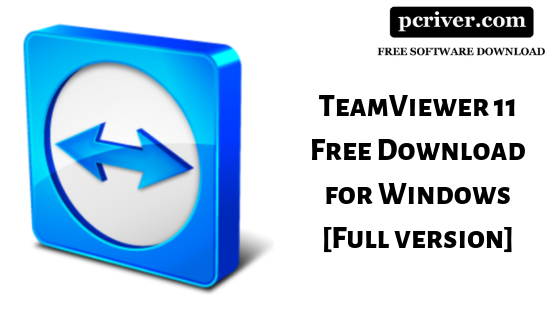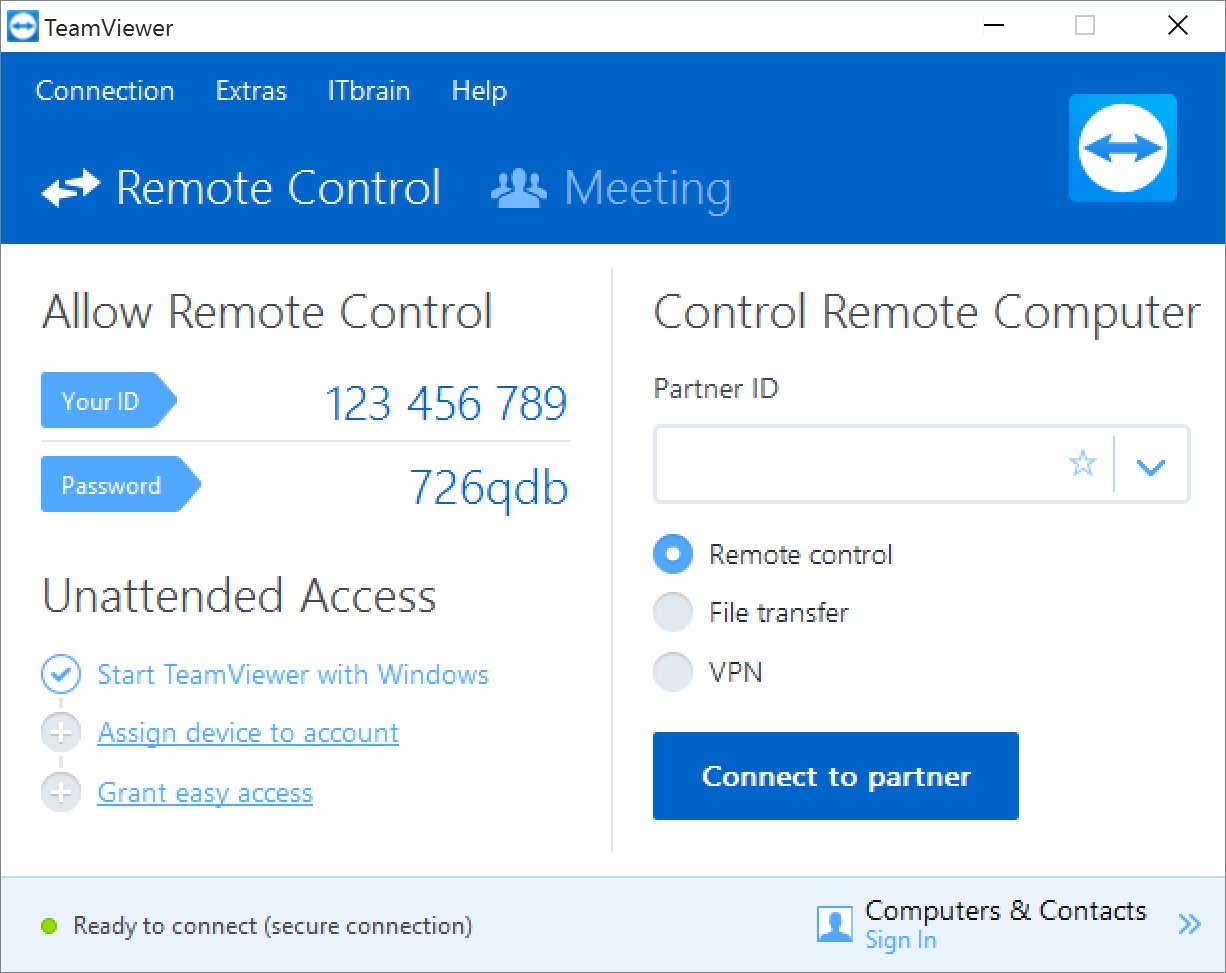

You can open the command line terminal quickly by using the following command.

Once the software has been installed, there are several ways to launch. If the modifications are the same, you should choose to compare them and keep the original. It should be noted that during installation, you may be given an option to keep the source or import maintainer. sudo apt updateįinally, run the following command to install TeamViewer. Now, run the following command to incorporate the recently imported repository. stable main" \ | sudo tee /etc/apt//teamviewer.list wget -O- | gpg -dearmor | sudo tee /usr/share/keyrings/teamview.gpgĪfter that, import the repository. To import to your keychain, type the following command into your terminal.


Importing the GPG key is the initial step in authenticating the packages. If you skip and run into issues, go back and execute the command. sudo apt install wget apt-transport-https gnupg2 -y Although the majority of these packages are likely already on your system, using the command will assist guarantee that they are installed. Installing the following dependencies is necessary. Make sure your system is up-to-date with all installed packages before proceeding with the tutorial. The tutorial will use the command line terminal to import the official repository and gpg key, as well as update and uninstall the remote desktop software. This tutorial covers how to install TeamViewer on Debian 11 Bullseye. It is used to remotely connect computers and controlled instrumentation such as robots or industrial machinery for online meetings and file sharing with the help of VPN connections (virtual private networks). TeamViewer is a global remote connectivity platform that enables safe access to any device, from any location in the globe. Before we begin talking about the steps to install TeamViewer on Debian 11, let's briefly understand – What is TeamViewer?


 0 kommentar(er)
0 kommentar(er)
